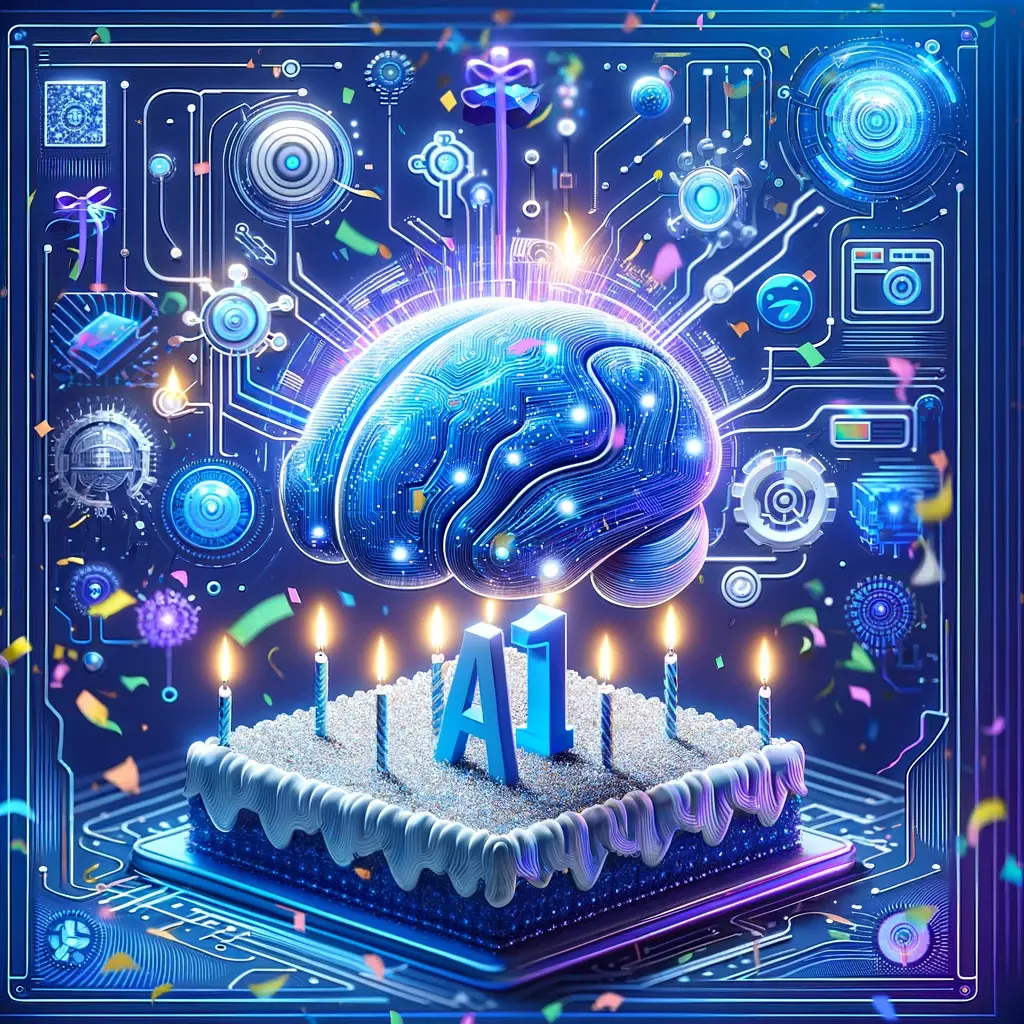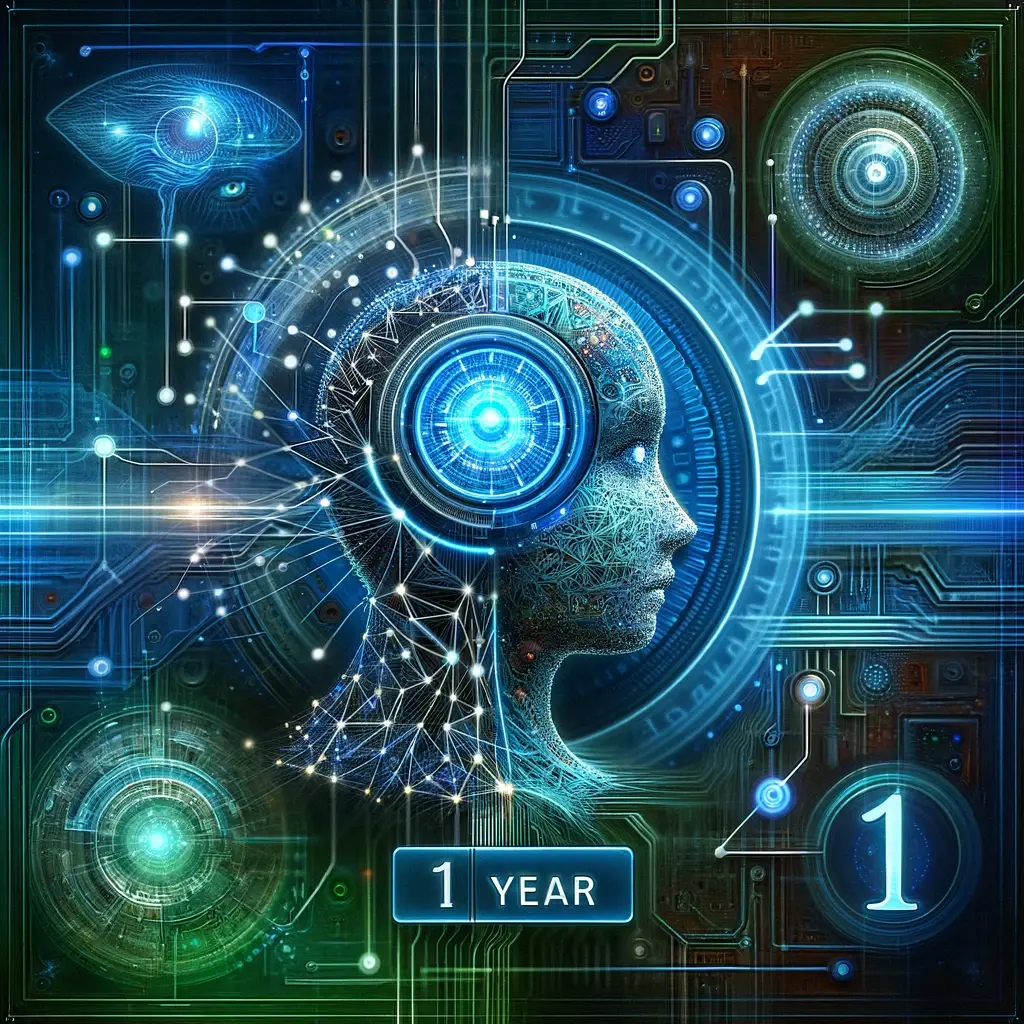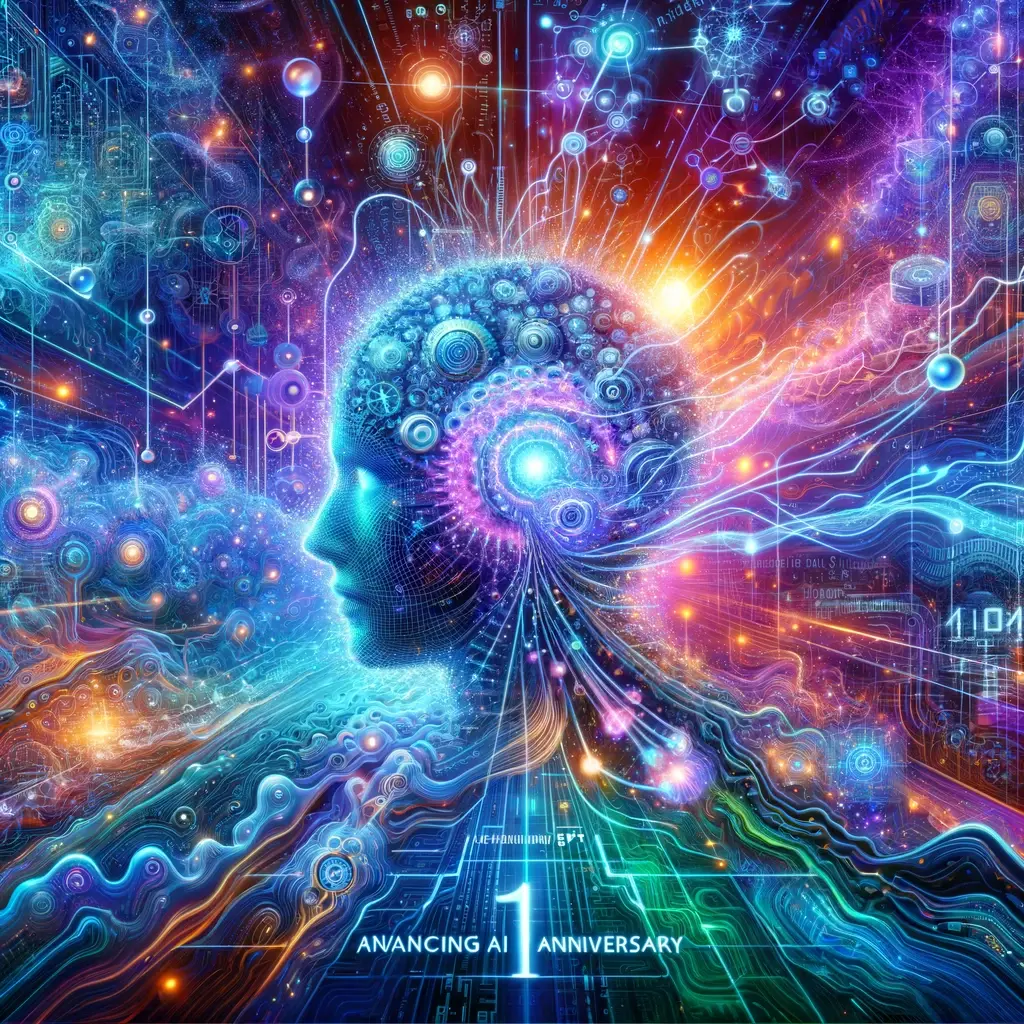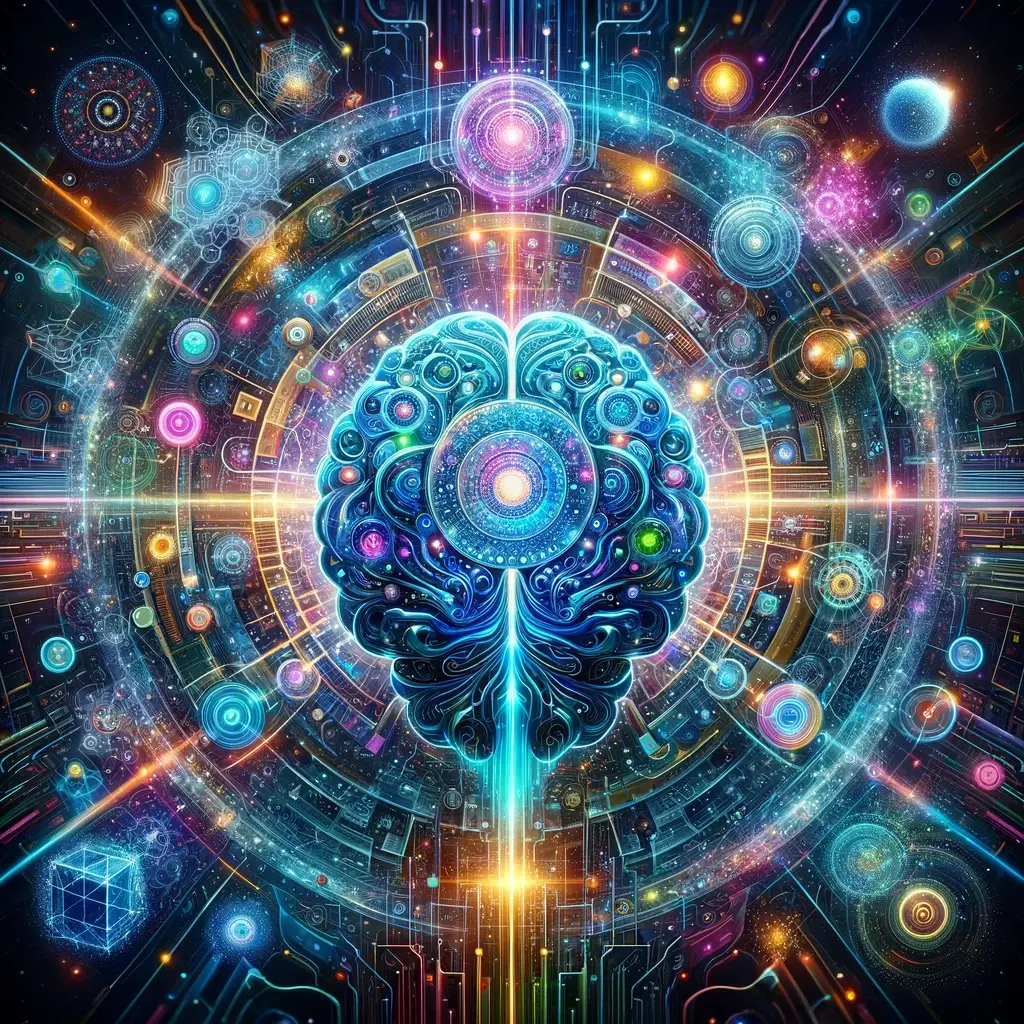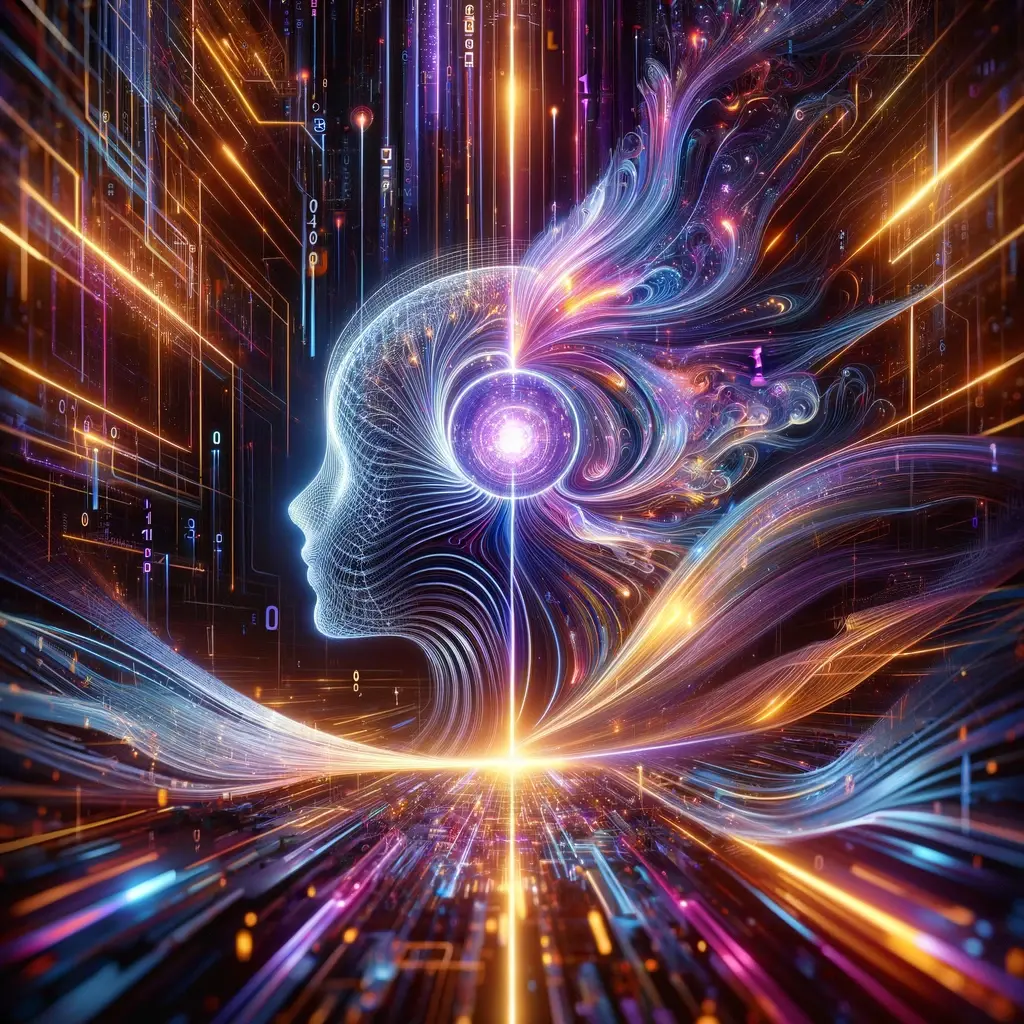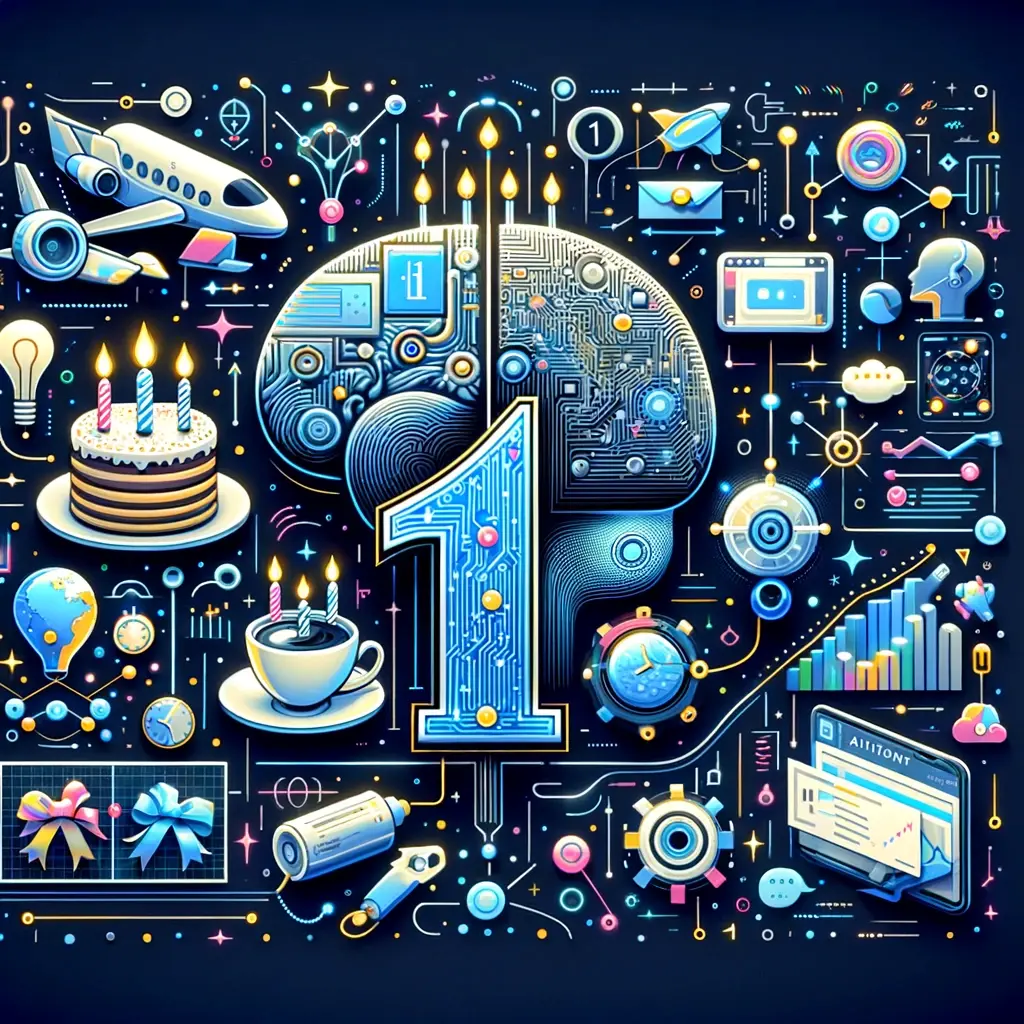A year ago, the AI landscape witnessed a significant milestone with the launch of ChatGPT. Developed by Open AI, this advanced AI model marked a turning point in how we interact with machine intelligence. ChatGPT stands out for its remarkable ability to learn and adapt to every interaction, unlike traditional software. As we celebrate its first anniversary, we delve into its journey and impact on the world of artificial intelligence.
ChatGPT, based on the revolutionary GPT (Generative Pretrained Transformer) architecture, was launched with the promise of a new kind of AI interaction. It could engage in various dialogues, from casual conversations to providing information on various topics. However, what set it apart was its underlying model’s capacity to learn from each interaction.
Over the past year, it has evolved significantly, adapting and refining its capabilities with each interaction. This anniversary is a milestone and testament to modern AI systems’ rapid development and adaptability.
At its core, it utilizes the GPT model, renowned for its deep learning capabilities. Initially, it offered various functionalities, from answering queries to composing texts. The model’s foundational design set the stage for a system capable of understanding and generating human-like text, paving the way for an unprecedented level of interaction.
The evolution of ChatGPT over this period has been marked by several updates and improvements. These have included expanding the model’s knowledge base, enhancing its ability to understand and generate more natural language, and reducing response biases. One of the significant milestones was the introduction of features that allowed it to remember previous parts of the conversation, lending a continuity that was more reminiscent of human interaction.
One of the notable features of ChatGPT is its ability to tailor responses to individual conversational contexts, offering a level of interaction personalization that advances the field of AI. However, it’s crucial to acknowledge that while ChatGPT strives for accuracy, it can sometimes generate responses based on patterns in its training data, which may create plausible but false information. This limitation underscores the importance of using any generative AI as a supplement to, rather than a replacement for, fact-checking and critical analysis. The ongoing development of ChatGPT aims to improve accuracy and reduce instances of misinformation, but users are encouraged to approach the tool with an understanding of these constraints.
With advanced learning capabilities come significant challenges. Ensuring the accuracy of ChatGPT’s learning while avoiding the incorporation of biases has been a constant endeavor. Moreover, ethical considerations, particularly around user privacy and responsible AI usage, remain at the forefront of discussions about all AI development and deployment.
ChatGPT’s journey reflects broader AI and machine learning trends. Its development points towards a future where AI is not just a tool for specific tasks but a continuously evolving partner capable of learning and growing in complexity. The implications of such AI systems are vast, promising a future where AI’s role in our daily lives could be as dynamic and personalized as human interaction.
As we mark the first anniversary of ChatGPT, it’s clear that its journey is about more than just technological advancement. It’s about redefining the boundaries of AI and machine learning, pushing towards a future where AI systems learn, adapt, and evolve alongside us. The journey of ChatGPT, from its launch to today, is just the beginning of this exciting new chapter in AI.
We asked ChatGPT to generate an image for this post. And then repeatedly asked to make it more AI until it complained. Here are the results.
